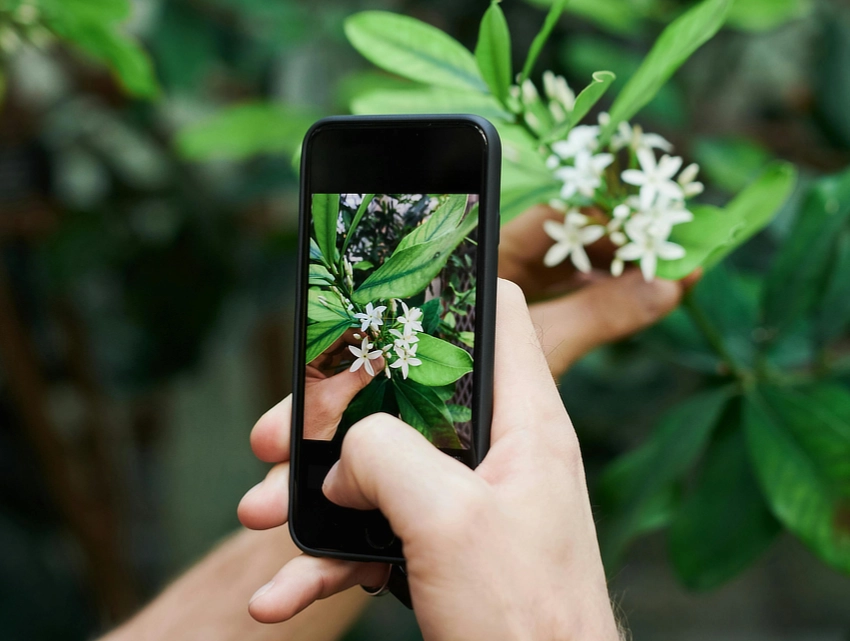In the realm of Artificial Intelligence (AI), the possibilities seem endless. From powering virtual assistants to aiding in medical diagnostics, AI has infiltrated almost every facet of modern life.
One fascinating application of AI is in the realm of image recognition, where machine learning algorithms can be trained to identify objects in images with astonishing accuracy.
In this blog post, we'll delve into the world of AI and explore how to harness the power of TensorFlow Lite to build a Flower Types Identifier App.

Understanding TensorFlow Lite
TensorFlow Lite is a lightweight solution for mobile and embedded devices. It allows developers to deploy machine learning models on various platforms, including smartphones, IoT devices, and more. TensorFlow Lite is optimized for inference, making it ideal for applications where real-time performance and efficiency are crucial.
The Flower Types Identifier App
Imagine strolling through a garden, admiring the diverse array of flowers. But what if you could do more than just appreciate their beauty? What if you could identify each flower species with just a snap of your smartphone camera? That's precisely what we aim to achieve with our Flower Types Identifier App.
Getting Started
Before we dive into the code, let's understand the basic workflow of our app:
1. Data Collection: We need a dataset of flower images with corresponding labels (i.e., the flower species).
2. Model Training: We'll use TensorFlow to train a deep learning model on the dataset.
3. Model Conversion: Once trained, we'll convert the TensorFlow model to TensorFlow Lite format for deployment.
4. App Development: Finally, we'll develop a mobile app that utilizes the TensorFlow Lite model to identify flower types in real-time.
Data Collection and Model Training
For our app, we'll use a dataset containing images of different flower types. There are several publicly available datasets for this purpose, such as the "Oxford 102 Flower" dataset or the "Flower Recognition" dataset on Kaggle. After acquiring the dataset, we'll preprocess the images and train a convolutional neural network (CNN) using TensorFlow.
Model Conversion to TensorFlow Lite
Once our model is trained and optimized, we'll convert it to TensorFlow Lite format. This conversion process involves quantization and other optimizations to ensure minimal memory footprint and fast inference speed on mobile devices.
App Development
With our TensorFlow Lite model ready, it's time to develop the mobile app. The app will allow users to take a photo of a flower, which will then be passed through the TensorFlow Lite model for classification. The predicted flower type will be displayed to the user in real-time.
Conclusion
In this blog post, we've explored the exciting intersection of Artificial Intelligence and mobile app development. By leveraging TensorFlow Lite, we've built a Flower Types Identifier App that can identify various flower species with just a snap of a smartphone camera. The possibilities with AI and TensorFlow Lite are endless, and we've only scratched the surface. Whether it's recognizing flowers, objects, or even emotions, AI-powered apps are transforming the way we interact with the world around us. So why not dive in and start building your own AI-powered applications today? With TensorFlow Lite, the sky's the limit!
We are a team of experienced mobile app developers based in Manchester UK, but we work with clients all over the world.
Call now +44 (0) 7798 834 159

